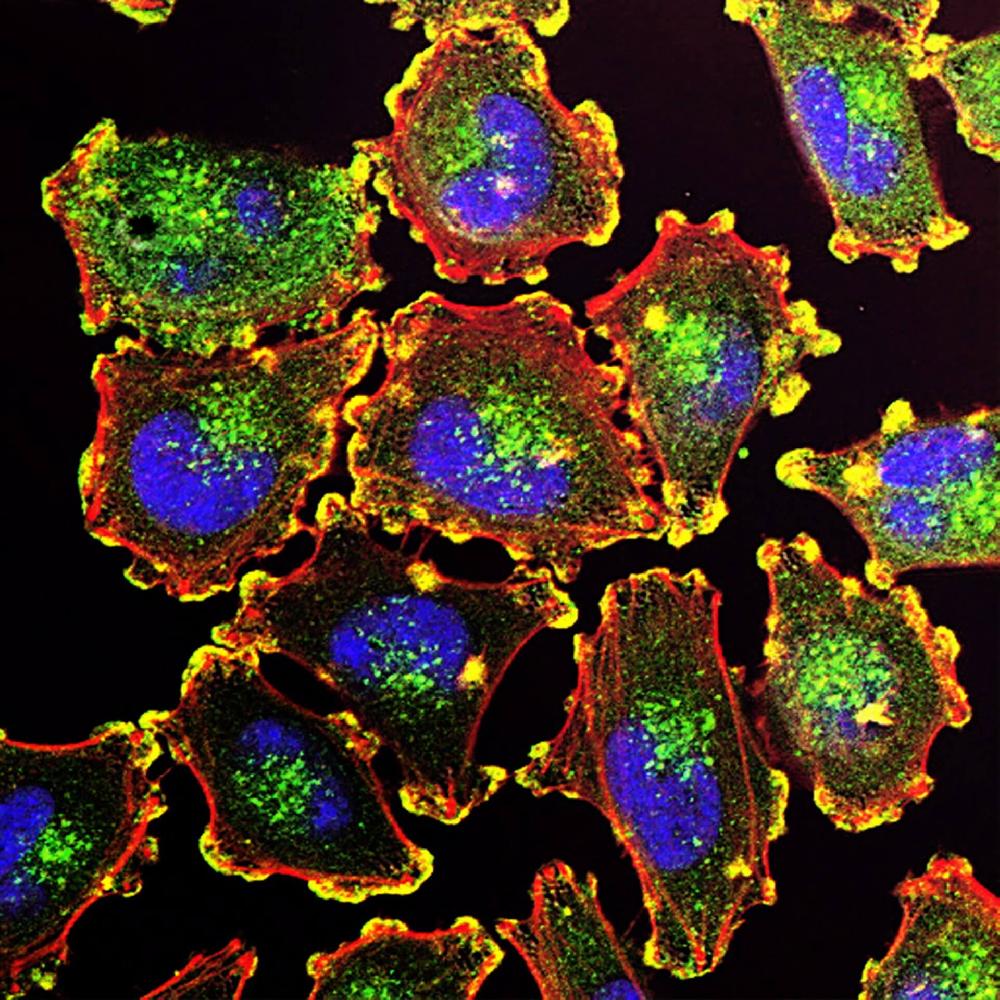This website uses cookies to ensure you get the best experience on our website.
- Table of Contents

Facts about Ubiquitin carboxyl-terminal hydrolase 10.

Following DNA damage, translocates into the nucleus and deubiquitinates p53/TP53, leading to modulate the p53/TP53-dependent DNA damage response. Component of a regulatory loop which controls autophagy and p53/TP53 amounts: mediates deubiquitination of BECN1, a key regulator of autophagy, leading to stabilize the PIK3C3/VPS34- containing complexes.
| Human | |
|---|---|
| Gene Name: | USP10 |
| Uniprot: | Q14694 |
| Entrez: | 9100 |

| Belongs to: |
|---|
| peptidase C19 family |

Deubiquitinating enzyme 10; EC 3.4.19.12; KIAA0190MGC2621; ubiquitin carboxyl-terminal hydrolase 10; ubiquitin specific peptidase 10; ubiquitin specific protease 10; ubiquitin thioesterase 10; Ubiquitin Thiolesterase 10; Ubiquitin-specific-processing protease 10; UBPO; Uchrp; USP10
Mass (kDA):
87.134 kDA

| Human | |
|---|---|
| Location: | 16q24.1 |
| Sequence: | 16; NC_000016.10 (84699977..84779922) |
Widely expressed.
Cytoplasm. Nucleus. Early endosome. Cytoplasmic in normal conditions (PubMed:20096447). After DNA damage, translocates to the nucleus following phosphorylation by ATM (PubMed:20096447).





PMID: 11439350 by Soncini C., et al. Ras-GAP SH3 domain binding protein (G3BP) is a modulator of USP10, a novel human ubiquitin specific protease.
PMID: 17693683 by Tang L.-Y., et al. Quantitative phosphoproteome profiling of Wnt3a-mediated signaling network: indicating the involvement of ribonucleoside-diphosphate reductase M2 subunit phosphorylation at residue serine 20 in canonical Wnt signal transduction.